This architectural wonder has several ancient monuments and ruins that reveal the Indo-Islamic architectural touch with a dash of Afghani patterns in some edifices and monuments. As per UNESCO, there are around 61 monuments in Mandu Forts including a fort wall in Mandu Madhya Pradesh which are declared of national importance.Mandu or Mandavgad Forts in MP are estimated to have been founded in 6 Century CE. Munjadeva founded it and at that time the region was ruled by the Rajput Clan. Mandu in Madhya Pradesh was under Rajupts until the 14th Century when Muslim invaders conquered it followed by Mughals and then Marathas. Not only the huge edifices but also the walls and the mountain ranges tell the history of Mandu Forts.
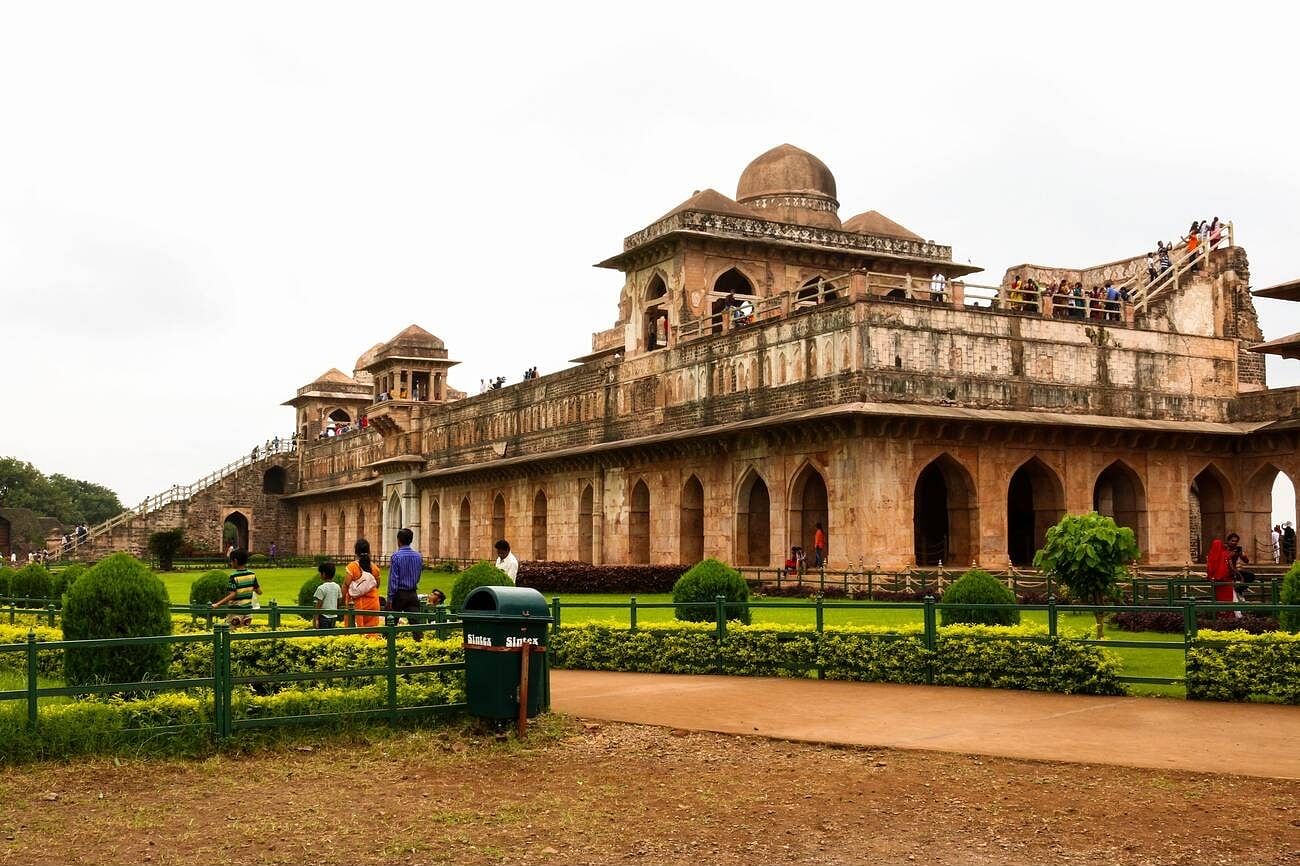
The Best Of Mandu Forts To Explore On Your Next Trip To MP
Table of Contents
Table of Contents
- History Of Mandu Forts
- Architecture Of Mandu Or Mandavgad Forts In MP
- How To Reach Mandu
- By Road
- Significant Monuments In
- 1. Lohani Caves
- 2. Dilawar Khan’s Mosque
- 3. Jami Masjid
- 4. Hindola Mahal
- 5. Jahaz Mahal
- 6. Baz-Bahadur Palace
- 7. Rupmati’s Pavilion
- Best Time To Visit Mandu
- Restaurants In Mandu
- Hotels In Mandu
- Frequently Asked Questions
History Of Mandu Forts
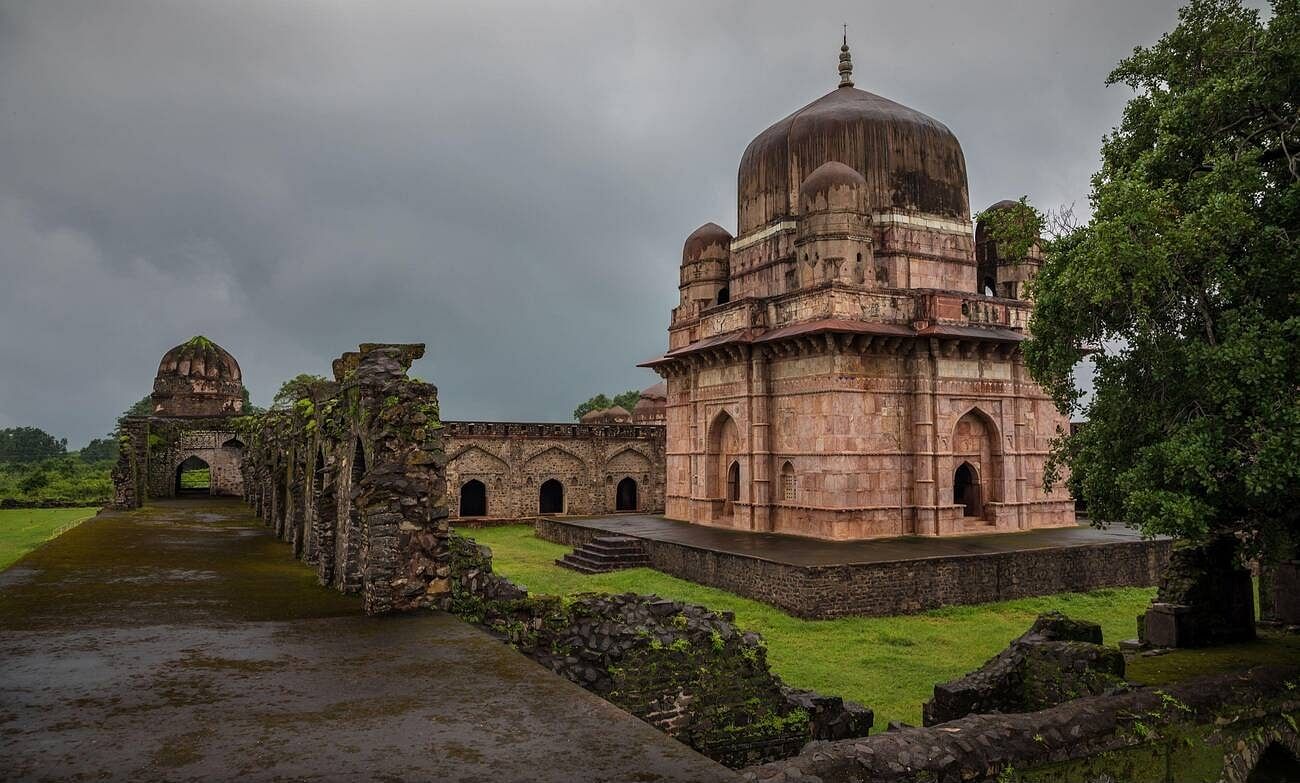
The History of Mandu Forts dates back to the 9th century when it was established under the Paramara Dynasty of Rajputs. Mandu in Madhya Pradesh gained prominence in the 10th and 11th centuries under the rule of the Paramara Dynasty of Rajputs. Later King Jaitugi moved the capital of the Paramara Dynasty to Mandu from Dhara.
By the 12th century, the Sultan of Delhi Alauddin Khilji conquered Malwa which was later governed by Ayn-Al-Mulk Multani. It was later governed by the Ghuri Dynasty under Hoshang Shah.
Mandu in Madhya Pradesh was then ruled by the Khailji Dynasty of Malwa established by Mohammed Khalji followed by the Sur Dynasty, the Mughal Dynasty, and lastly by the Maratha Empire. It was re-established under Hindu rule. Mandu Forts are now taken care of by the Government of Madhya Pradesh.
Suggest Read: The Wish Granting Khajrana Ganesh Temple In Indore
Architecture Of Mandu Or Mandavgad Forts In MP
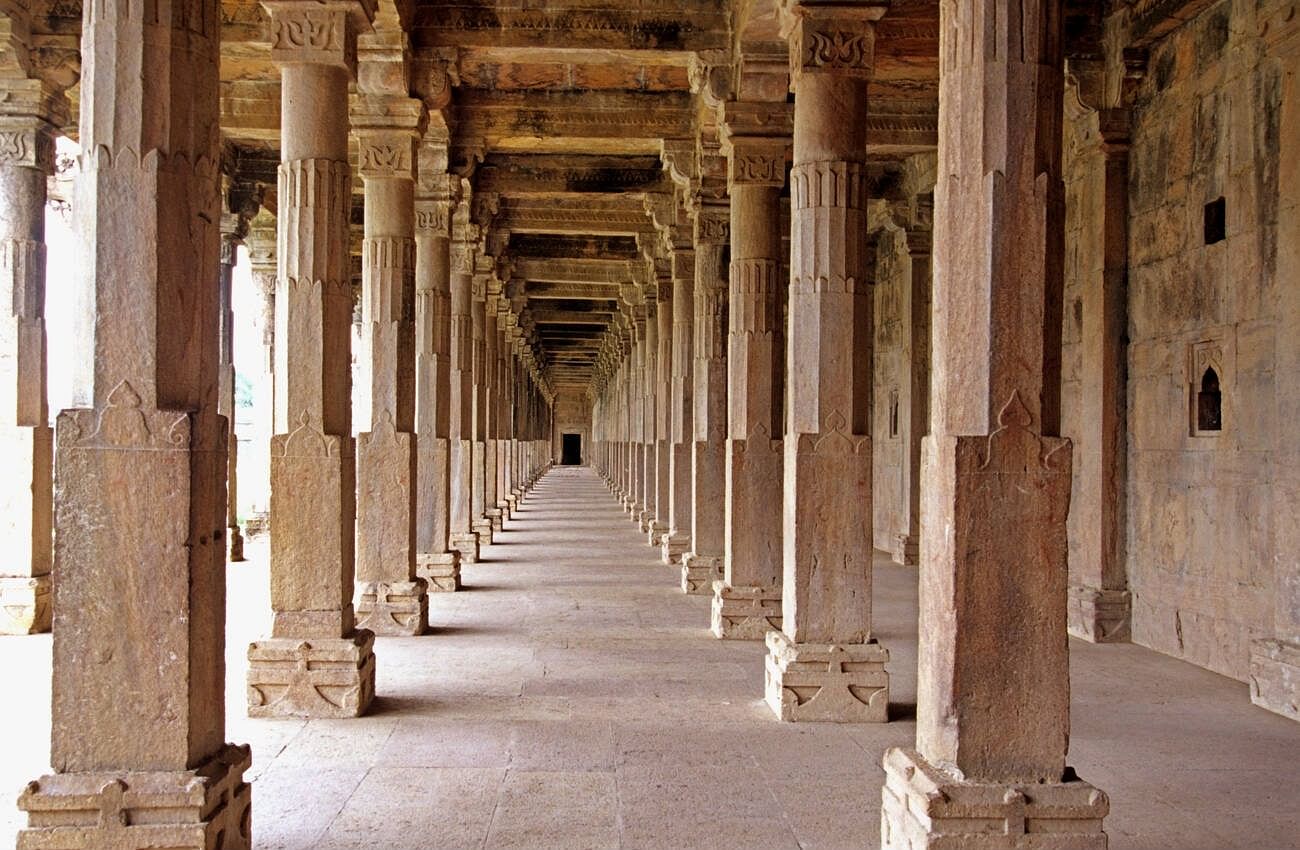
The Mandu Or Mandavgad Forts in MP are largely influenced by Indo-Islamic architecture because the rule on the land was under the Islamic dynasty for a long time. The battlemented walls circumference of around 37 km which once had Temples with golden shrines, mosques, tombs, lakes, etc. The Mandu Fort has an architectural history of over a millennium now.
In Mandu Forts, the notable work of Jami Masjid Pashtun architecture is a mesmerizing sight. You can also get awestruck by the Afghani architecture at Ashrafi Mahal.
How To Reach Mandu
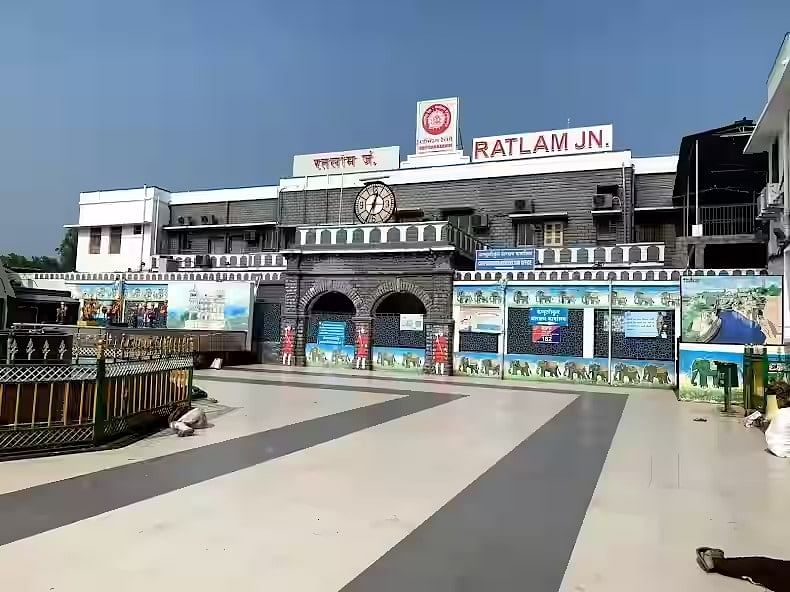
By Road
Mandu in Madhya Pradesh is well linked by road to other cities in Madhya Pradesh. Several state-run buses are directly connected to Mandu. You can also hire a private taxi to reach Mandu Forts.
By Rail
Mandu in Madhya Pradesh doesn’t have a Railway station. The nearest railway station to Mandu Forts is Ratlam. It is 124 km from Mandu in Madhya Pradesh.
By Air
Mandu in Madhya Pradesh doesn’t have an airport. The nearest Airport is in Indore, named Ahilyabai Holkar Airport which is around 99 km from Mandu Forts in Madhya Pradesh. The airport has well-connected flights to other states.
Significant Monuments In Mandu Or Mandavgad Forts In MP
1. Lohani Caves
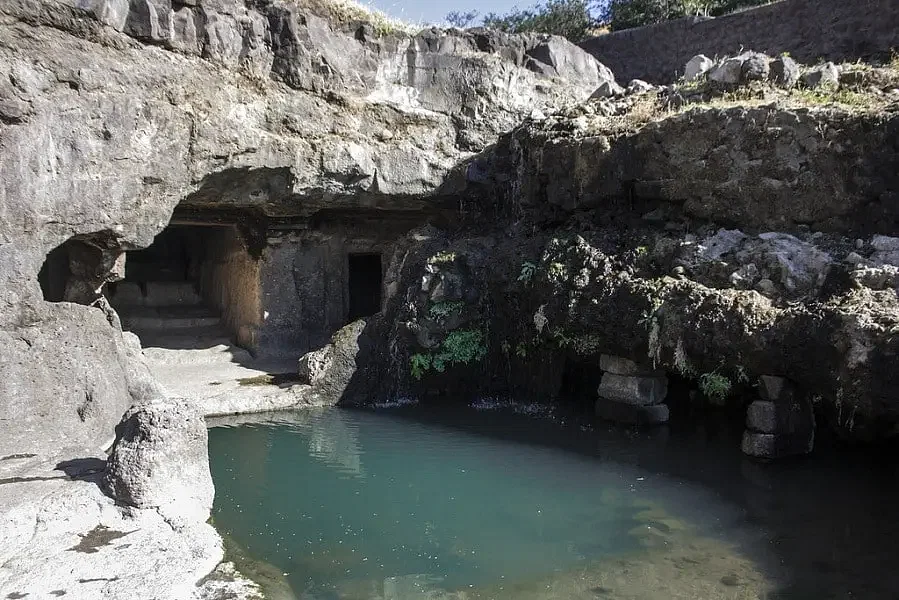
While excavating the debris from the pool in front of the caves the archaeologists found around 80 statues of Hindu gods and goddesses which are now kept in the local museum. To the south of the cave stands a massive pillar which is about 5 meters tall. A waterfall near the cave makes the place beautiful.
2. Dilawar Khan’s Mosque
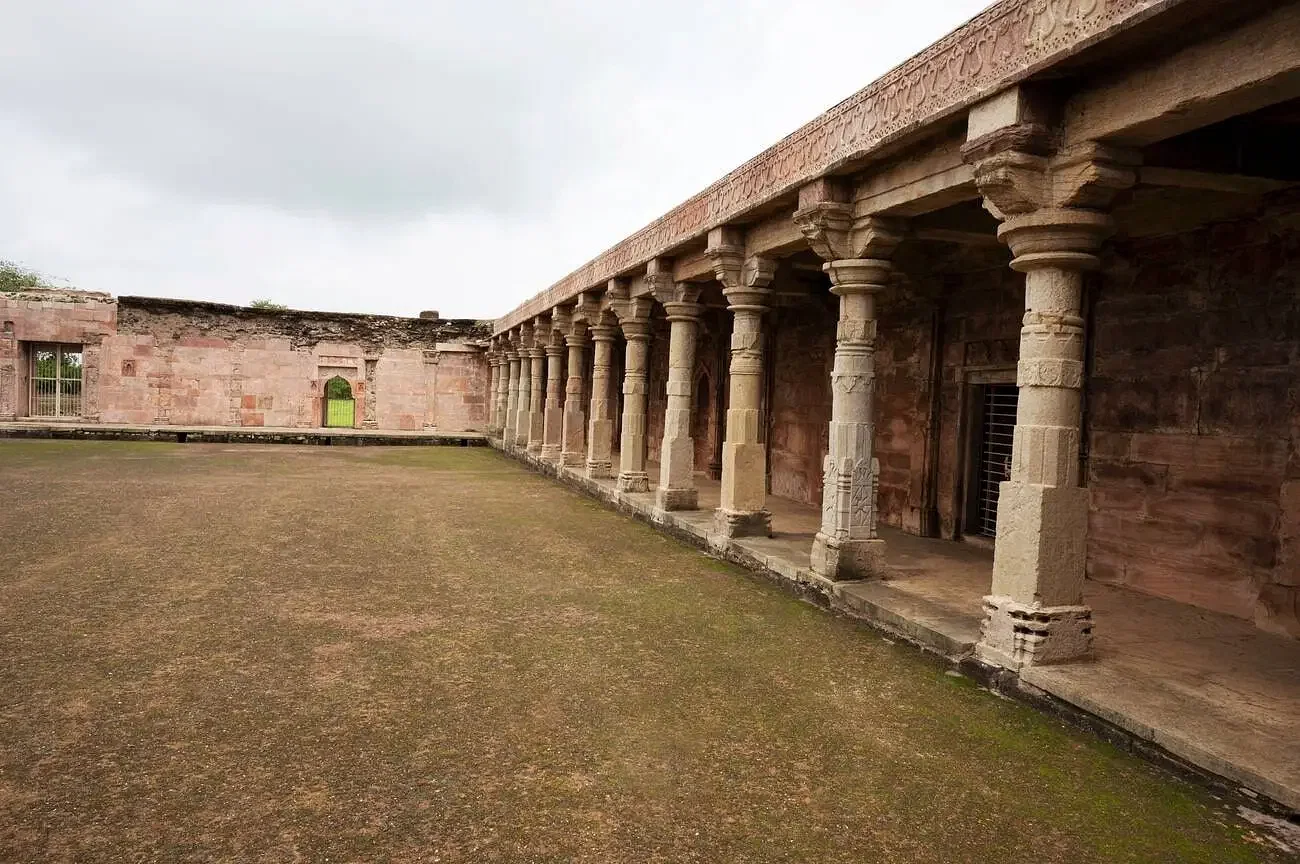
The courtyard in the centre is encompassed by arcades and rows of columns on the upper ceiling. The ceiling, gates, and the column of the prayer hall of the mosque are inspired by Hindu architecture.
There is a balcony called Nahar Jharokha or the Tiger Balcony at the southern end of the mosque.
3. Jami Masjid
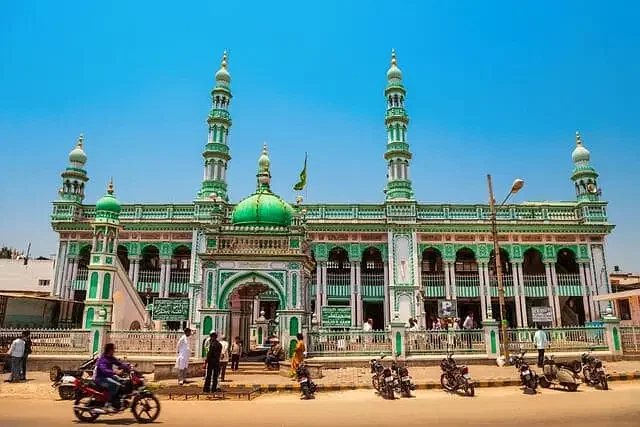
The masjid has three major domes with 54 smaller domes, a courtyard, and a colonnade of pillared halls. The entire mosque is around 7,725 square meters. This building is inspired by Afghani architecture. The prayer hall is full of arches and the central altar is decorated with the verses of the Quran. It is one of the famous monuments in Mandu Forts.
4. Hindola Mahal
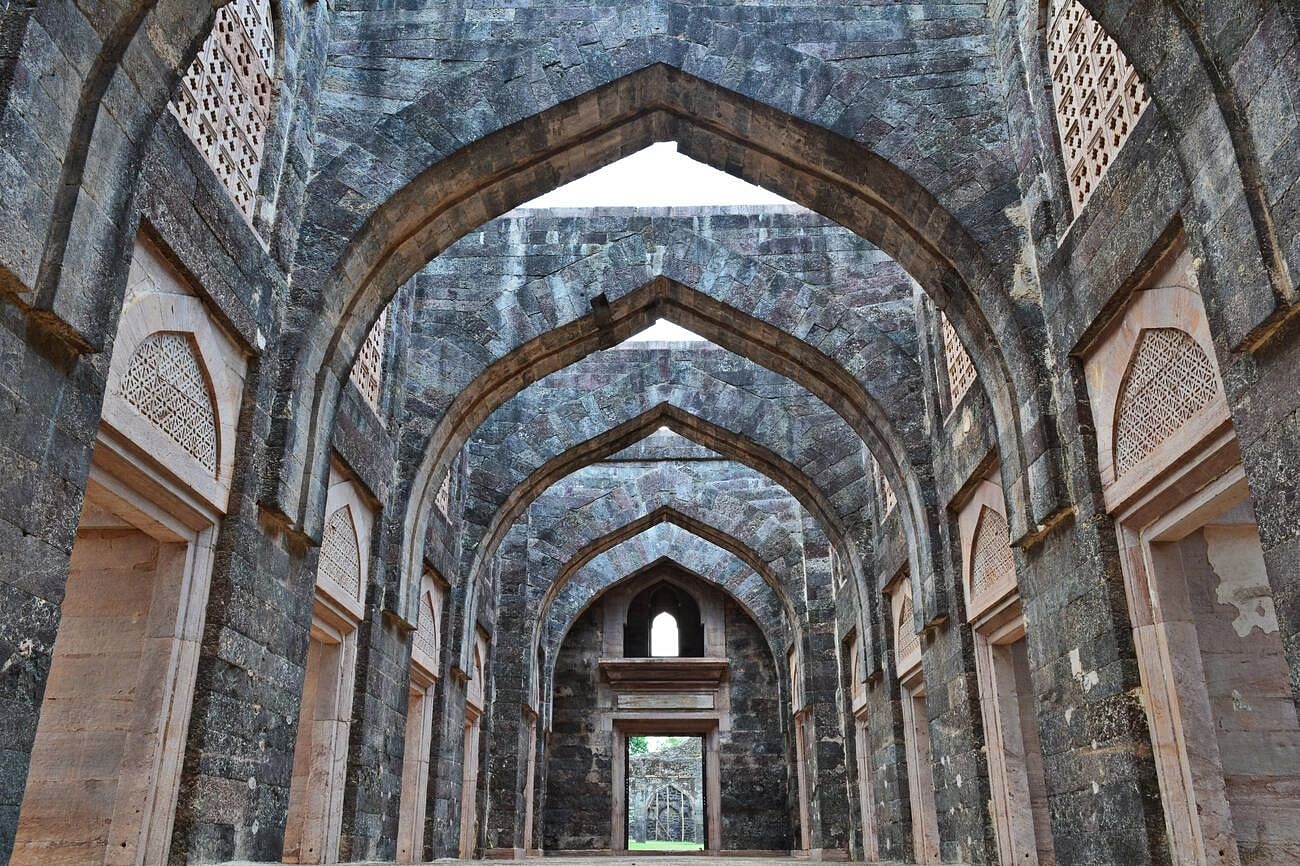
Hindola Mahal is a T-shaped building that was an audience hall or an open theatre.
Suggest Read: Lal Bagh Palace Indore: A Royal Journey Into Indore’s Rich Heritage!
5. Jahaz Mahal
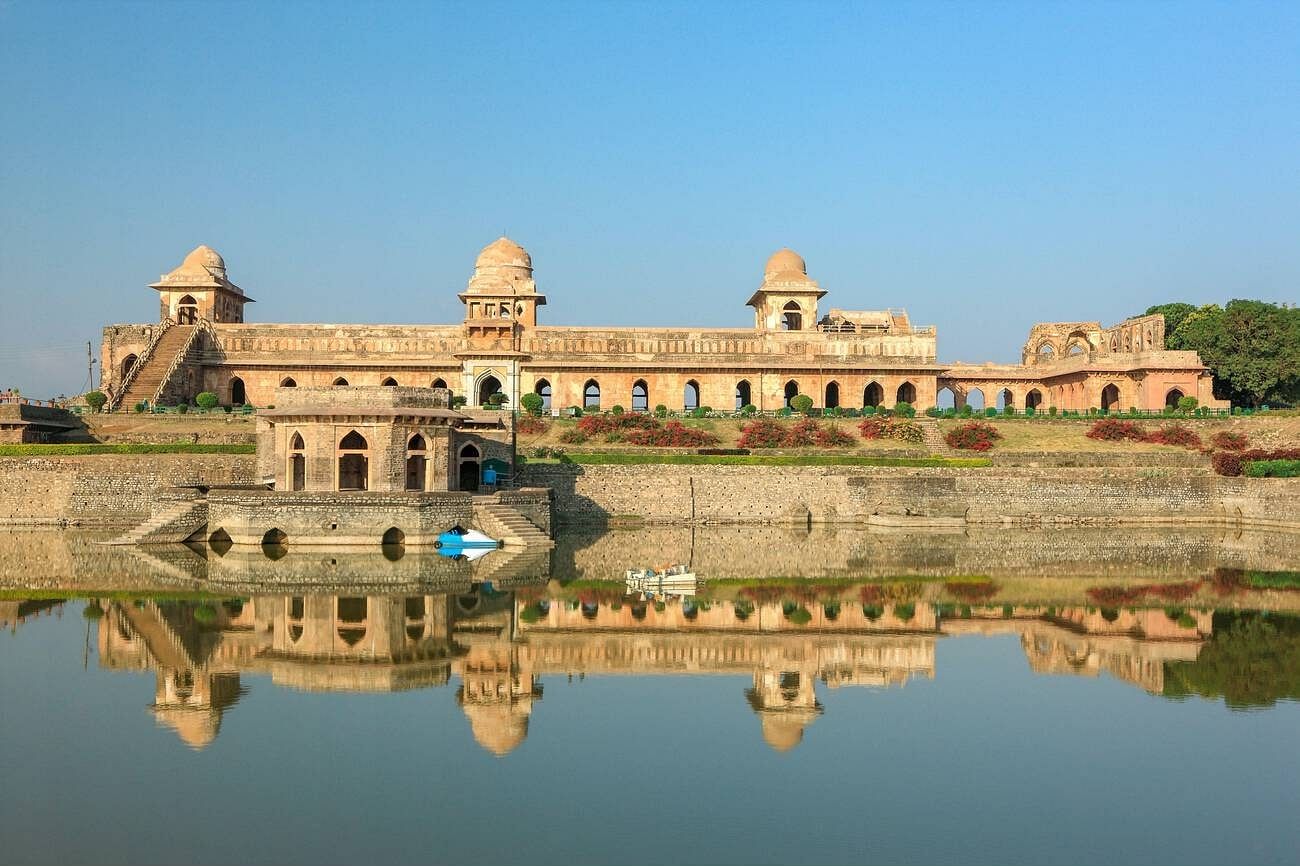
There are two estimated reasons why Jahaz Mahal was built. One reason was to provide tourists from Afghanistan, Arabia, Iran, Iraq, etc accommodation services in the form of an inn.
The second estimation is that it was built as a retreat for the emperors and their families as during summer months Delhi’s heat was unbearable.
6. Baz-Bahadur Palace
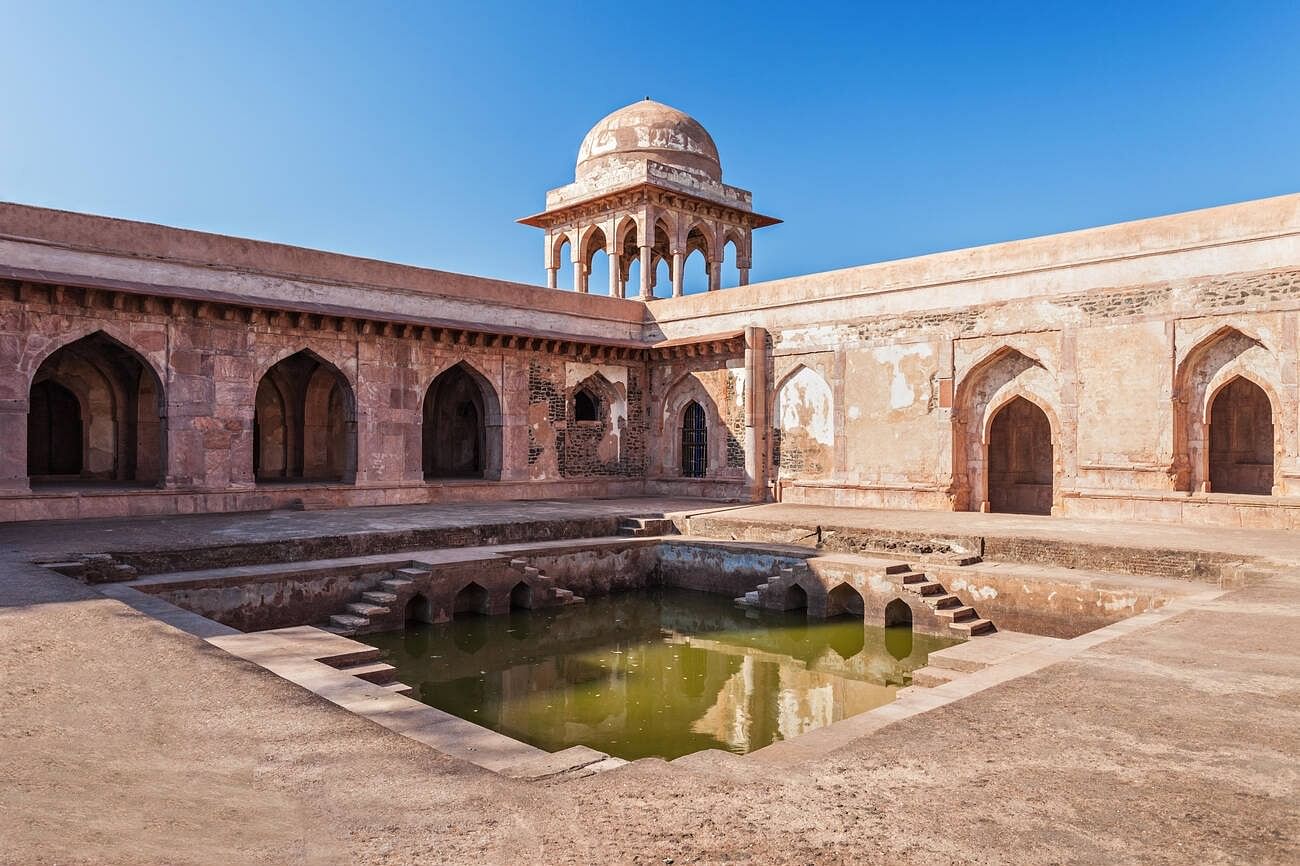
This marvellous architecture is a blend of Rajput and Mughal style architecture. The main entrance gateway has around 40 broad steps. This two-story palace consists of a courtyard and rooms on all four sides.
7. Rupmati’s Pavilion
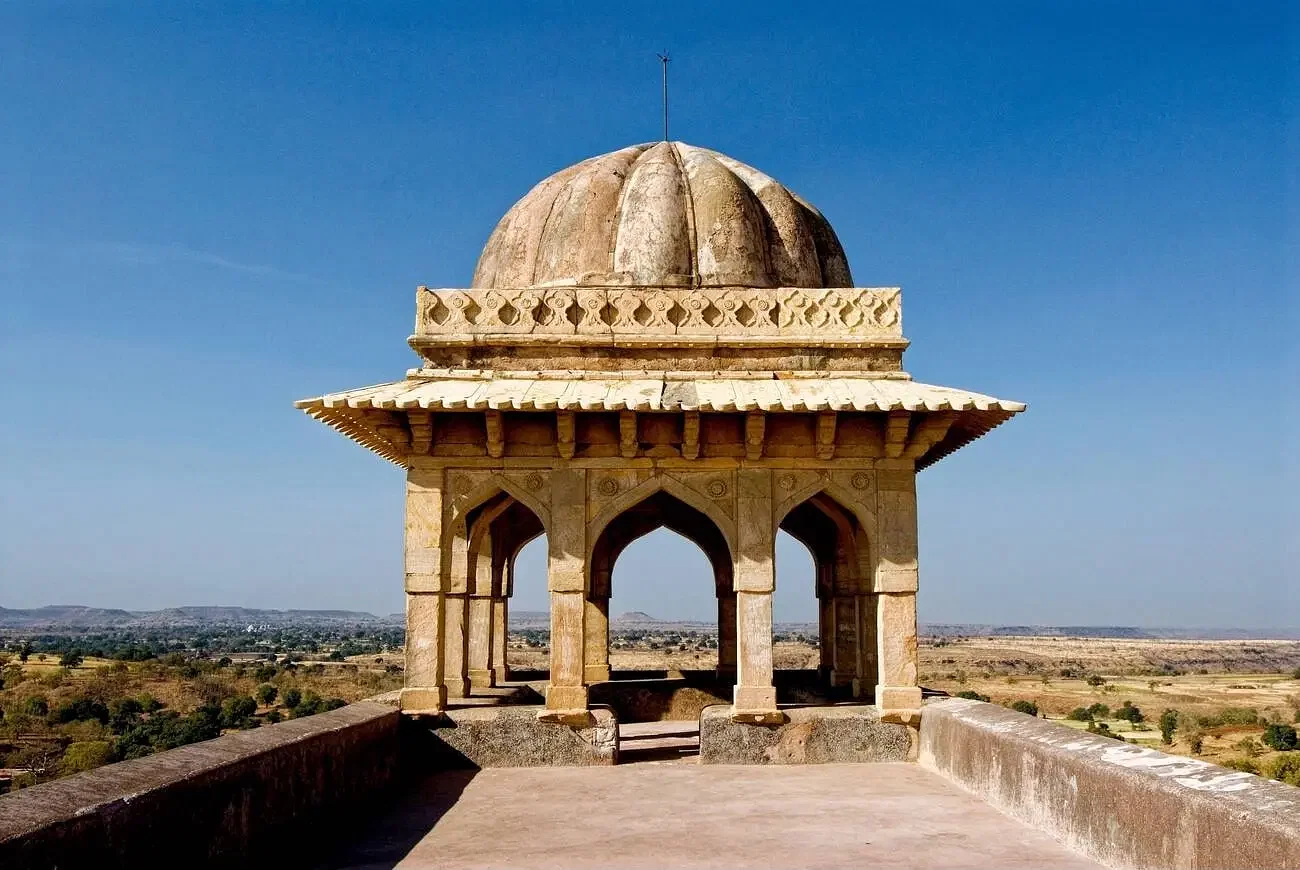
It was constructed on the bank of River Narmada because Rupmati never used to drink water unless she took the darshan of River Narmada. The Kund was made near the pavilion with Narmada water. It was also known as Rewa Kund.
Rupmati used to come near the Rewa Kund every morning to worship the Narmada River. Among other Mandu Forts Rupmati’s Pavilion is the famous and historical romance between Rani Rupmati and Sultan Baz-Bahadur.
Best Time To Visit Mandu
Monsoon can also be one of the best times to visit Mandu with occasional rainfall which keeps the climate cool compared to summer.
Restaurants In Mandu
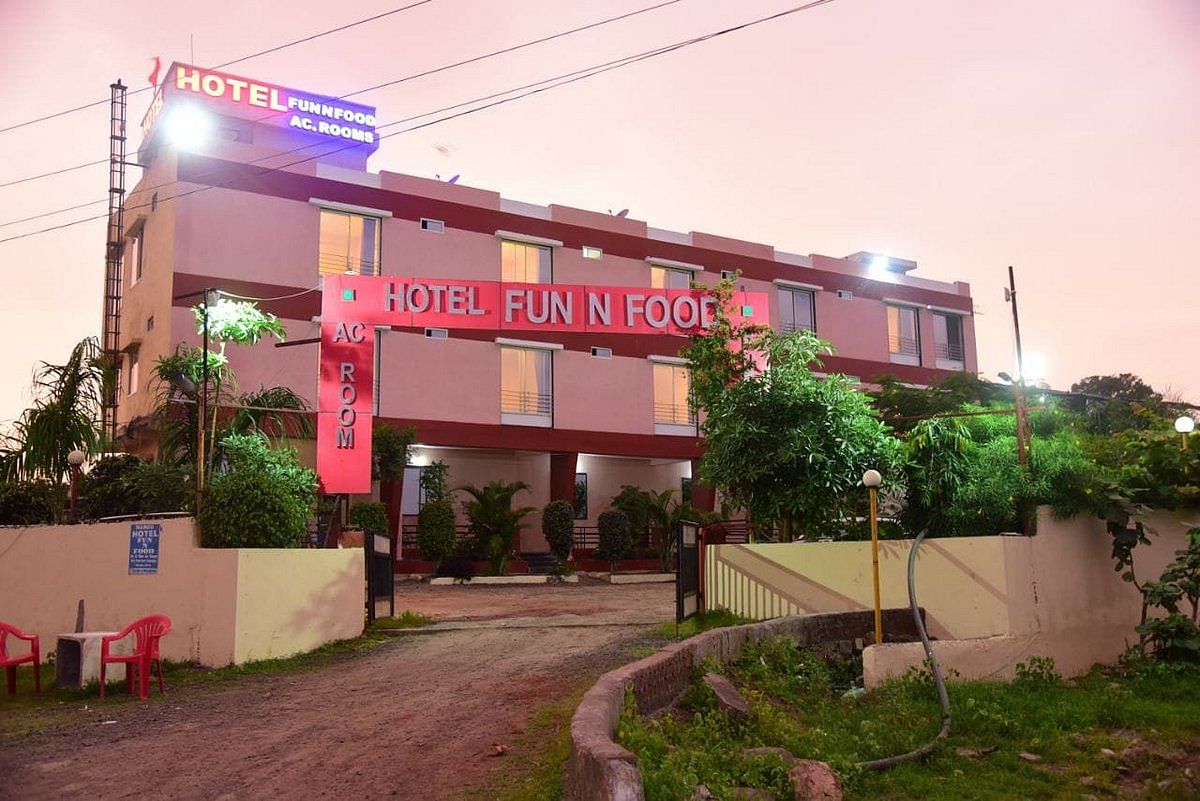
- Hotel Fun N Food
- Shivani Restaurant
- Malwa Resort
- Gurukripa Restaurant
- Jahaz Mahal Canteen
- Shri Dadaji Restaurant
- Hotel Rajnandini
Suggest Read: Sarafa Bazaar: A Foodie’s Delight And Shopper’s Paradise
Hotels In Mandu
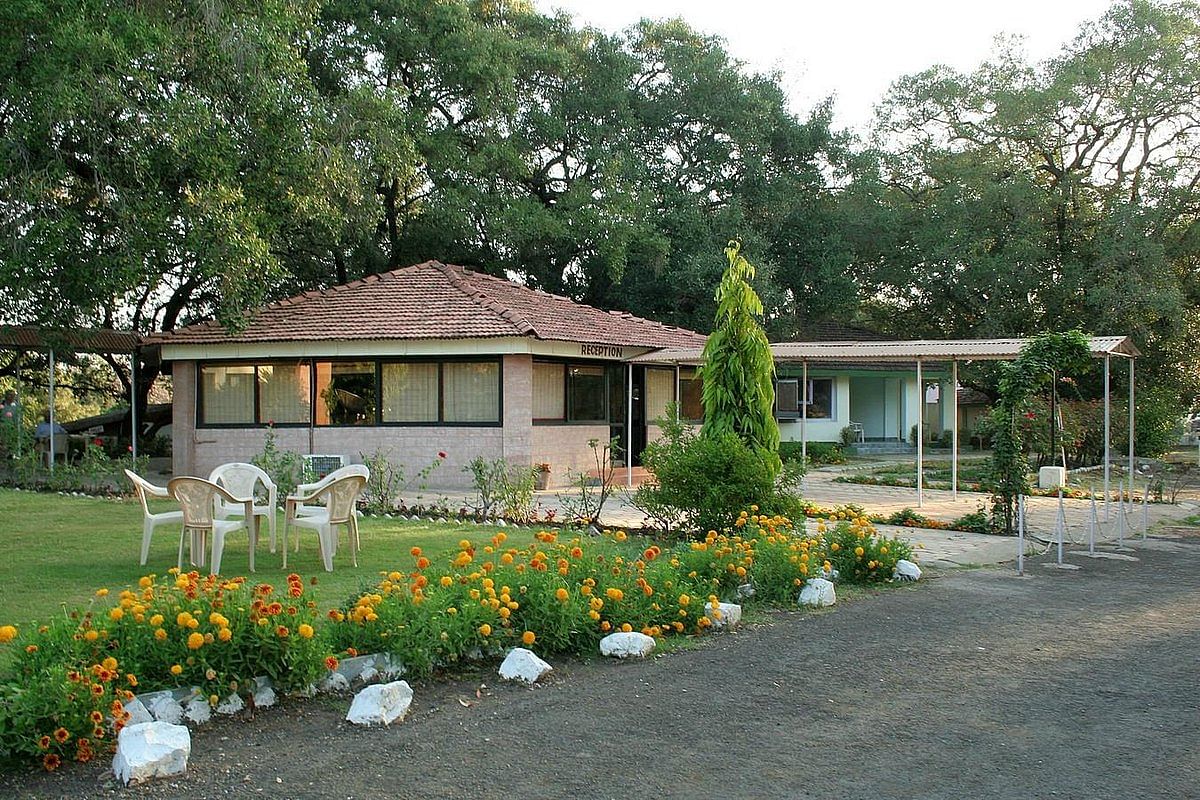
Following are some of the hotels in Mandu
- MPT Malwa Resort
- Malwa Retreat Mandu
- Mandav Heritage Resort
- Hotel Fun n Food
- Dino Adventure Park & Resort
- TGI Jahaj Mahal Resort
- Mandav Hill Resort & Film City
- Hotel VirasatRobin Hood Camp
- Jahaj Mahal Hotel
Get exclusive travel insights & updates into your inbox!
*By clicking subscribe you'll receive emails from WanderOn.
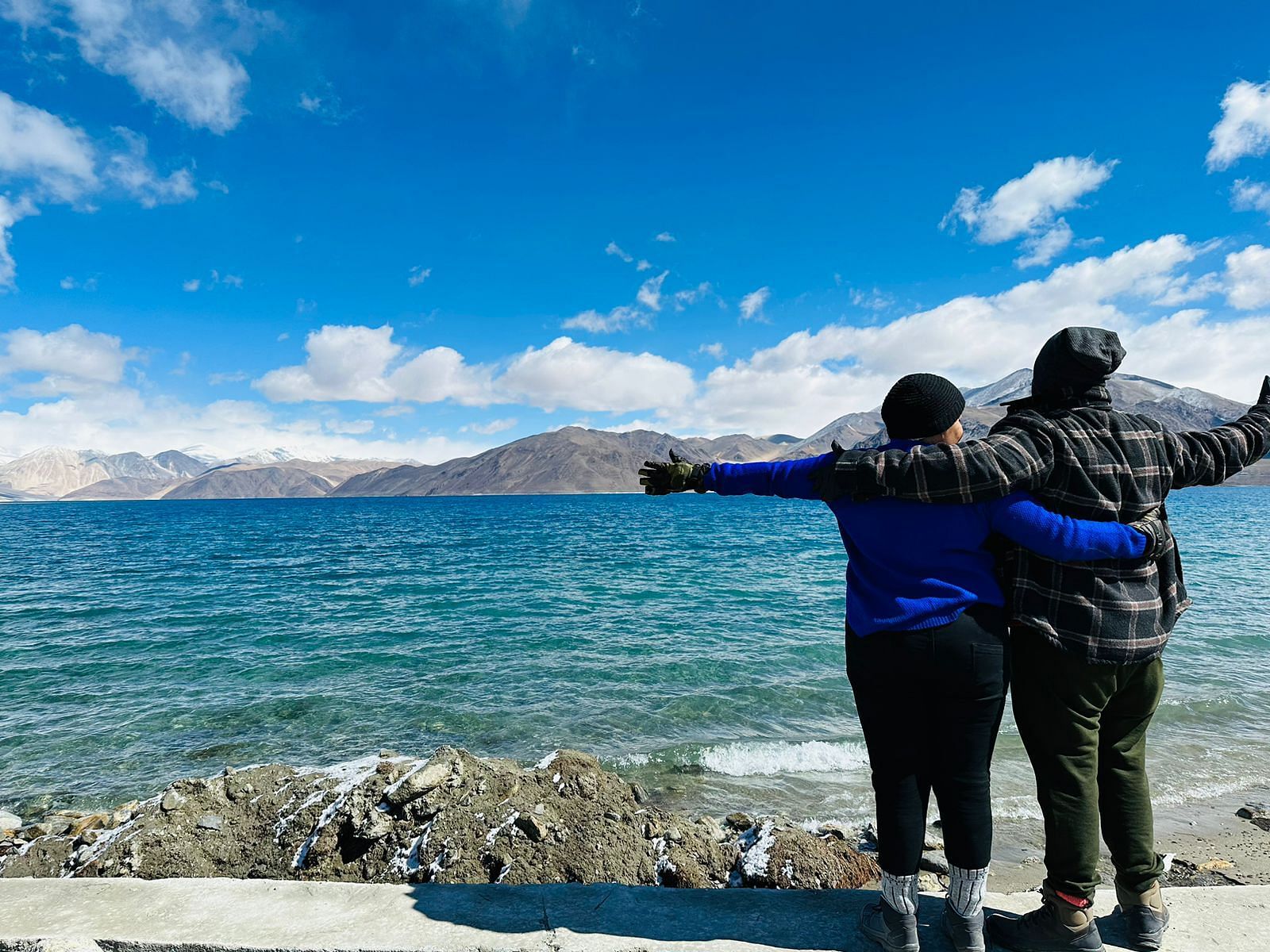
Shrutika Parab
★★★★★24 May 2024
“Thank you Team Wanderon for the amazing Ladakh Experience. Right from the point of making the bookings with Mr. Chakshu to the point of completion of the trip received amicable support.
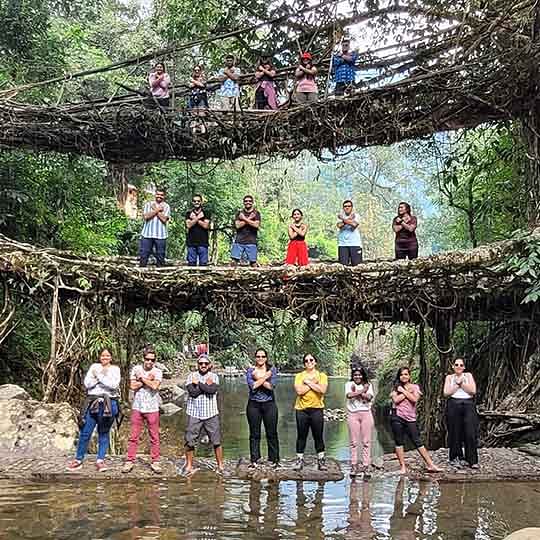
Sonal Shekhar Dash
★★★★★9 May 2024
“I did my first solo trip in India with WanderOn. Initially I was sceptical about their Meghalaya-Kaziranga trip as I didn't have any prior experience with them but the team assured me that it's going to be one of the best experiences of my life.

Archana Awati
★★★★★30 Apr 2024
“In Ladakh, find the perfect blend of culture, adventure, and serenity. December last year I decided that my next trip would be Ladakh but didn’t know how to go about it. I knew I wanted to travel in a group, as I had prior experiences of traveling in a group but wanted an organiser I could trust. Ladakh isn’t like other destinations wherein you need some instructions due to the high altitudes.
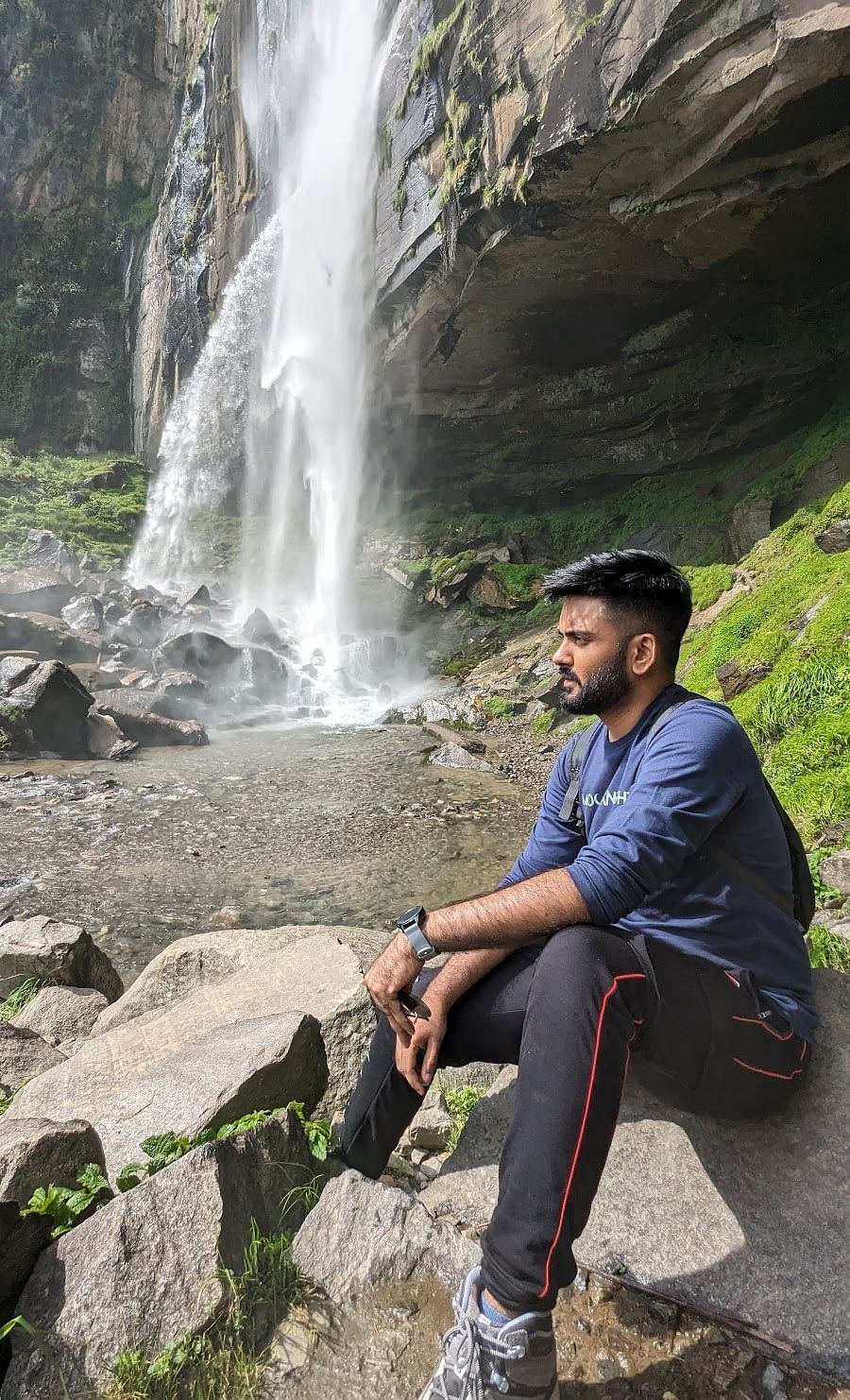
Kartik Dilawari
★★★★★4 Jul 2024
“After an amazing trip to Tirthan with WanderOn, I decided to go to Manali-Jispa with them and yet again, the experience was worth every penny. The place was very beautiful and the quality of service was top-notch, the itinerary was very good and the quality of transportation and stays were very good. Had an awesome time there and made some good friends as well. Lastly, our trip captains Priyasha and Rachit managed the entire trip very well and were so fun and made our trip an experience worth remembering.
FAQ'S
01
What is the other name of Mandu?
Mandu was also known as Mandavgad in ancient times. Present-day it is known as Mandav.
02
Is Mandu worth a visit?
03
What is Mandu City famous for?
04
How many forts are there in Mandu?
WanderOn Special

WANDERON EXPERIENCES PVT LTD
3rd Floor, Building No-436, Phase IV, Udyog Vihar, Sector-18, Gurugram, Haryana-122015


